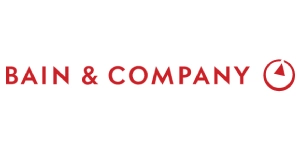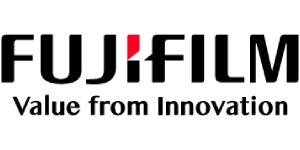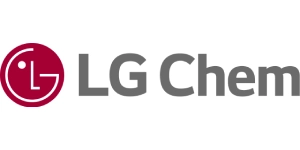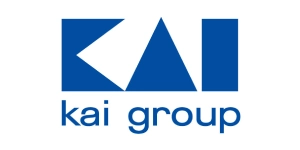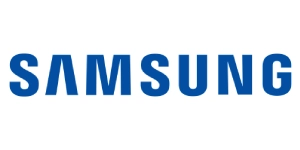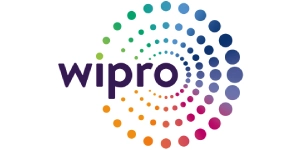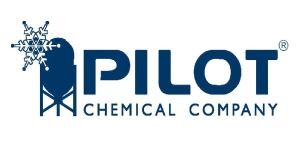5 Key Trends Driving the Indoor Lighting Management Market Growth Through 2032
Category : Energy and Power | Published Date : May 2025 | Type : Press Release
The indoor lighting management is a combination of technologies and systems which in turn intelligently regulate the artificial light within buildings. The key benefits of adopting an indoor lighting management system include enhanced energy efficiency, improved occupant comfort, and reduced operational expenses. Also, the system is primarily utilized in places requiring optimal illumination such as homes, offices, and factories. Moreover, the indoor lighting management market size is estimated to reach over USD 21.85 billion by 2032 from a value of USD 14.60 billion in 2024 and is projected to grow by USD 15.10 Billion in 2025, growing at a CAGR of 5.6% from 2025 to 2032. This blog outlines the five most impactful indoor lighting management trends offering insights into smart building, IoT-based lighting control systems, AI and ML integration, human-centric lighting systems, sustainability, and energy efficiency.
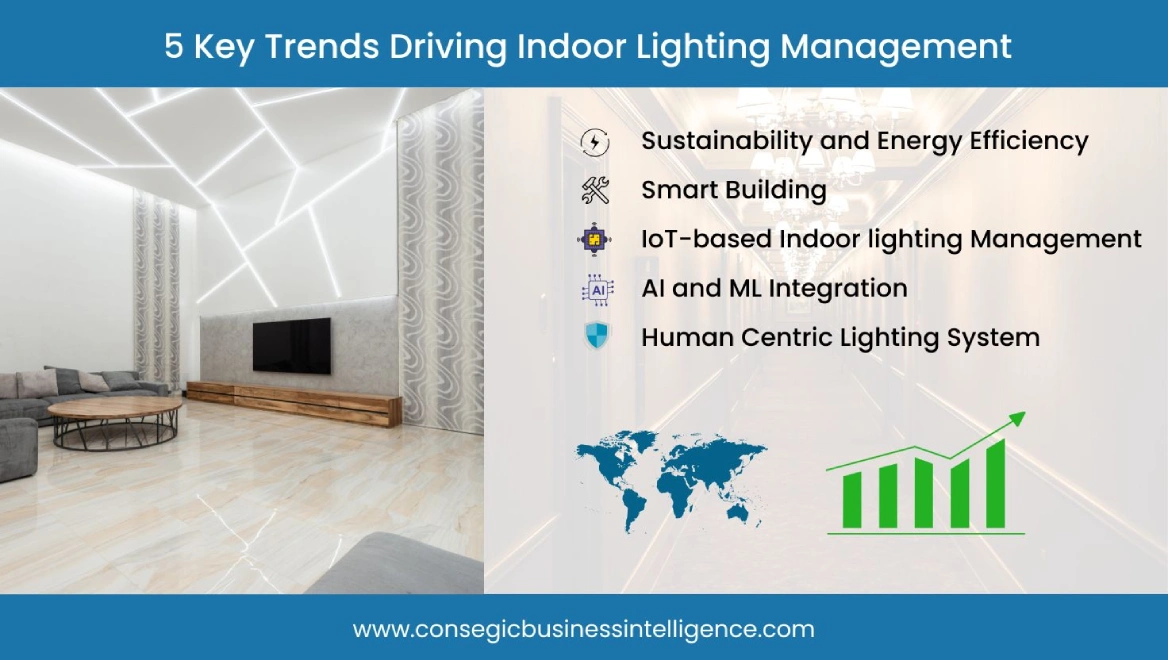
1. Sustainability and Energy Efficiency
The trend towards increasing need for energy-efficient lighting systems is driving the shift from traditional fluorescent bulbs to LED lighting. The indoor LED lights are embedded with sensors which control lighting based on occupancy. Also, sustainable lighting systems are the key component in the green buildings and are designed to reduce lighting-related energy consumption, optimize energy efficiency, and minimize light pollution.
Additionally, sustainability in indoor lighting means utilizing natural daylight which in turn creates a balance between energy management and resident convenience. Further, governments are prioritizing energy efficiency and environmental conservation which is driving the indoor lighting management industry.
2. Smart Building
Smart buildings leverage advanced technologies such as sensors and renewable energy integration for indoor lighting management. The technology helps to monitor occupancy and adjust systems such as lighting, HVAC, and others which in turn helps to optimize energy usage and resource management. Also, smart buildings generate a vast amount of data, which is utilized for maximizing energy savings, productivity enhancement and enhanced occupant comfort by analyzing data from sensors and smart lighting systems.
3. IoT-based Indoor lighting Management system
The rising adoption of Internet of Things (IoT) in indoor lighting management provides real-time monitoring and control capabilities, automated lighting system, and integration with other IoT-connected devices. The IoT-connected lighting system is controlled remotely via apps, voice commands, and others enabling remote control and monitoring capabilities. Additionally, the IoT-enabled lighting system provides insights into energy consumption as well as predicts potential failures, in turn helping to protect and save energy and cost.
4. AI and ML Integration
The integration of AI into indoor lighting management system helps to analyze data such as occupancy, natural light levels, and user preferences in turn minimizing energy consumption. Additionally, AI has the capability to monitor and predict the maintenance and failure of system, helping to minimize downtime and contribute to energy efficiency. Moreover, machine learning helps to monitor the ambient light level by analyzing the vast amount of data generated by integration of AI into indoor lighting management system.
5. Human Centric Lighting System
Human-centric lighting (HCL) systems are popular as organizations prioritize health and well-being in indoor environments. These lighting solutions mimic natural daylight patterns, supporting the body's circadian rhythm to enhance alertness, mood, and sleep quality. In workplaces, HCL systems are linked to increased productivity. In healthcare and educational settings, they aid recovery and improve concentration respectively. Moreover, the rising focus on wellness, especially in post-pandemic building designs, is accelerating the adoption of HCL systems. Additionally, technological advancements now allow tunable white lighting and dynamic color temperature adjustments that adapt precise customization based on user needs and environmental feedback.
Conclusion
The indoor lighting management market is evolving rapidly due to technological innovation, sustainability goals, and user-centered design. Trends like smart buildings, AI and ML integration, IoT-based lighting control systems, sustainable and energy-efficient lighting solutions, and human-centric lighting transform how space illumination is achieved. This enhances comfort, health, and efficiency in turn driving consistent growth through 2032.

